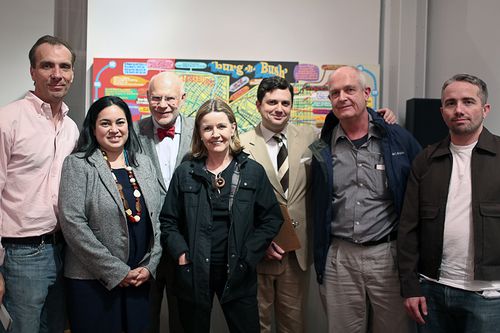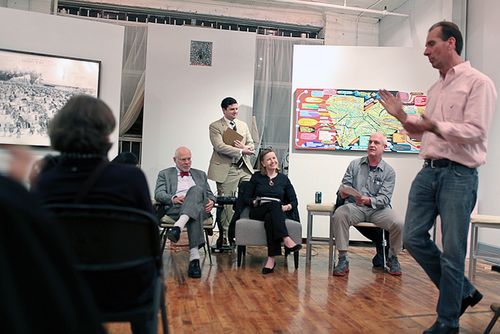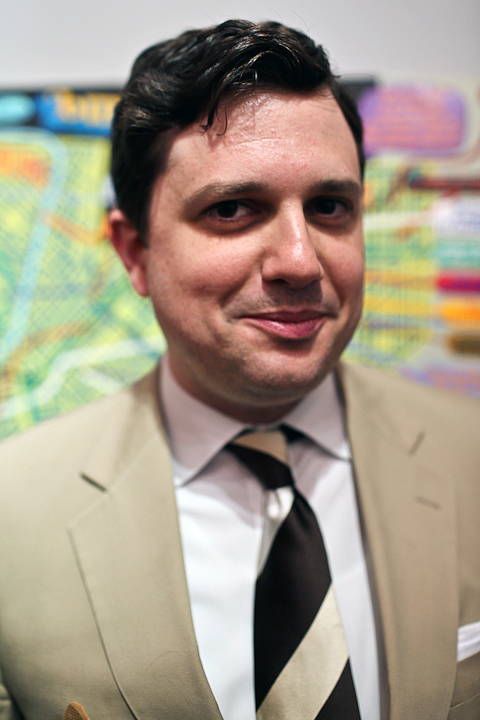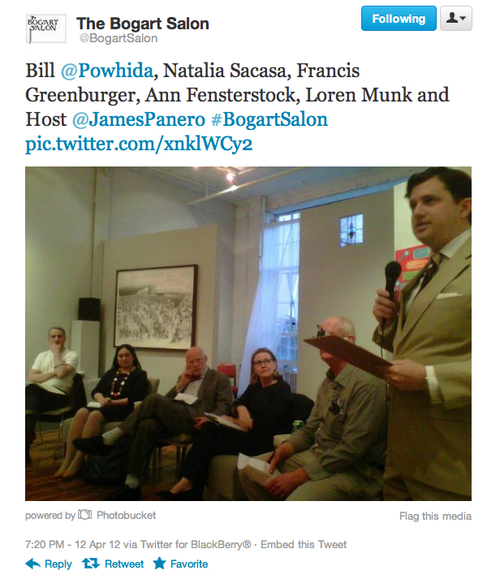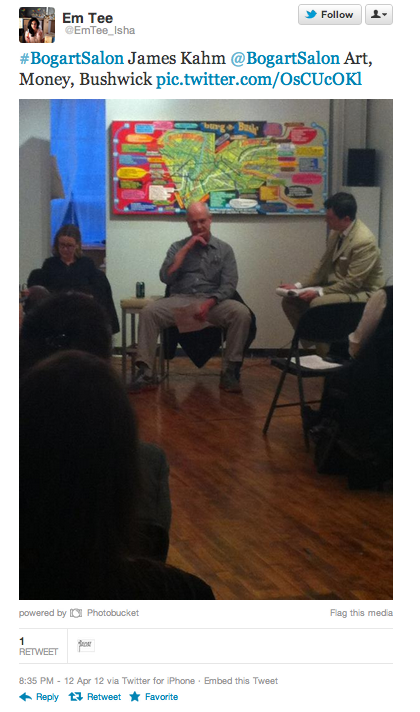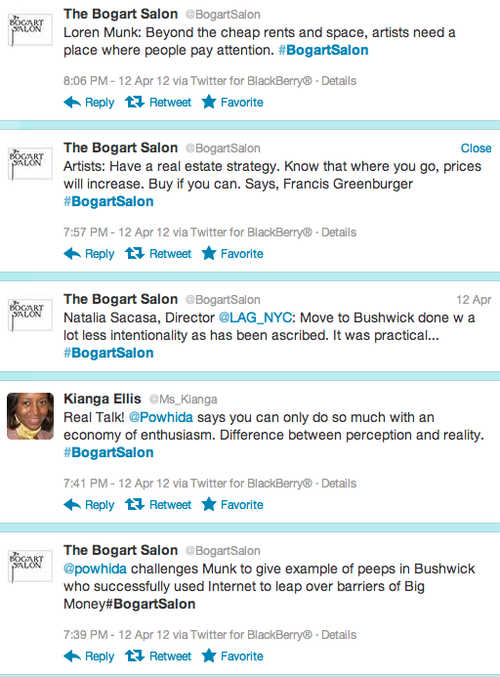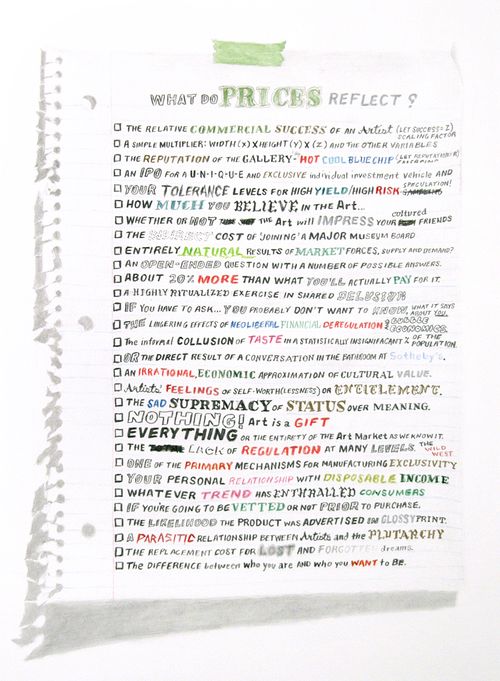James writes:
Following up on my essay "What's a Museum"? and the discussion on The Brian Lehrer Show, I've been on an informal tour of museums large and small looking for what works and what doesn't. One of my first stops was the New York Transit Museum in downtown Brooklyn, a childhood favorite. My return confirmed why I've always had a soft spot for this special place.
In my article, I write about how the big business of today's museums has been causing them to lose sight of their founding principles. Museums are getting bigger, but are they getting better? A "museum industrial complex" has been turning museums into "tourist attractions, department stores, civic centers, town squares, catalysts of urban renewal, food courts, licensing brands, showcases for contemporary architecture, social clubs, LEED-certified environmentally conscious facilities, and franchise opportunities." While enriching their administrators, museums are often losing sight of what makes them special as places that preserve and display our nation's treasures.
The Transit Museum has been largely immune from these recent trends. Now owned by the Metropolitan Transit Authority, it operates outside of today's museum culture, and the difference can be felt right away. The low admission price is the first indication that something here is different. At many New York museums, the ticket price for adults now tops $25. At the Transit Museum, the charge is $7.
One reason the admissions charge is so low is that the museum doesn't have a multi-million-dollar climate-controlled glass wing to maintain or any plans to build one. There are no restaurants on site or other distractions attractions (just picnic benches). Instead what you get is simply a great collection of trains and transit artifacts lovingly maintained by a dedicated staff in a facility that very much tells its own history: the decommissioned subway station at Court Street.

At the New York Transit Museum, historical subway cars are on display on the working tracks (including a live third rail) of a decommissioned Brooklyn station.
The Transit Museum is largely staffed by MTA employees (rather than career administrators) who have a deep knowledge of the particular artifacts on display. The Museum also attracts additional volunteers and staff who clearly love their subject matter.
The history of New York's subways is a history of the city itself. The subway began as three separate corporations--Interborough Rapid Transit (IRT), Brooklyn-Manhattan Transit (BMT), and Independent Subway System (IND). The IRT opened first in 1904 with a lavish station beneath City Hall designed in the Romanesque Revival style by Heins & LaFarge. The station is now decommissioned but open through special tours operated by the museum.
Although the IRT and BMT were private companies, the city maintained price controls on what fare they could charge. For decades, the fare stayed at 5 cents. This eventually drove the companies to bankruptcy and allowed the city government to take them over and consolidate the system in 1940 (at which point the city promptly raised the fare). With its ups and downs, it's hard to argue that city and state government has done a better job than private enterprise. Expansion plans all but ceased for half a century following consolidation. For years, dilapidated trains became the symbol of urban decay before a turnaround in the 1980s and a city-wide revival led by Mayor Giuliani in the 1990s.
The Transit Museum glosses over the bad years of the MTA--one of the weak spots of the institution (the museum's website could also use some help; the wikipedia entry for the museum is much better). Still, as I discovered, its free tours, which last well over an hour, can be spellbinding and frank. My tour guide, Katherine, even made her own low-tech map out of pipe cleaners to depict the city's original IRT route.

Transit Museum tour guide Katherine holding her own low-tech map made of pipe cleaners to depict the city's original IRT route. Is that a tattoo of a subway rat on her arm?
The Court Street station, which was once meant to be the terminus of the 2nd Avenue Subway Line, contains two levels. The midlevel contains the museum's collection of turnstiles, track parts, ticket booths, and buses (where you get to sit in the driver's seat). Downstairs are a hundred years of subway cars all perfectly restored and electrified, complete with vintage ads. Many of these trains are still operational and will occasionally come out from runs through the system to pick up regular passengers (a few years ago, I was lucky enough to step on one).
Katherine discusses the history of subway turnstiles. Just off screen: the dreaded "Iron Maiden" gate known to trap subway passengers.
I found the museum to be great for all ages. With its smart and interactive displays, the museum can captivate a newcomer to the underground while more than satisfying the subway nerd. But be warned: while there is now a wheelchair lift, strollers still need to be carried down the stairs of the museum's main subway entrance (all for that authentic MTA experience).
The museum also has a gift shop that, many years ago at least, made for a fun trip back home for me. When I asked the clerk if there was any more subway memorabilia beyond what was on display, he showed me to a back room with old change collectors and authentic subway signs, including one from my home station that must have been 8-feet long. I bought one. A friend then helped me bring it home on the subway--exiting, of course, at the station where I lived. During the trip, I was apprehended twice, first by a police officer and second by someone making a "citizen's arrest." Fortunately, I had my receipt from the Transit Museum and I still have my (legally acquired) subway sign proudly on display.
What's a museum? Running on all tracks, the New York Transit Museum has a moving answer.

You won't see this at MOMA: Meet Sadie, the Transit Museum's resident cat and a hard working employee. There's a reason this station is rodent free!


